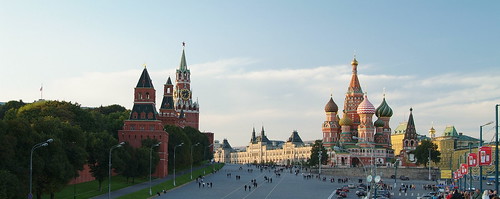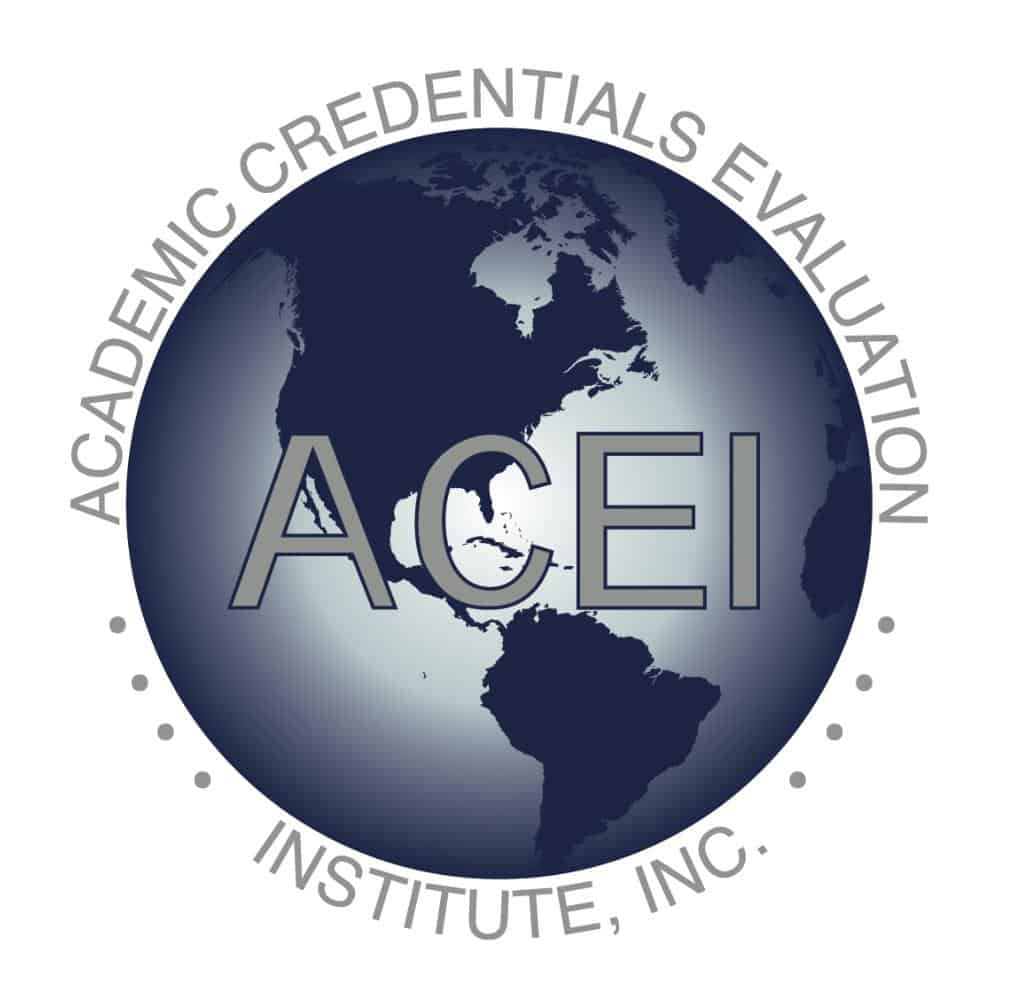August 1st, 2013

1. Population: 142,500,482 (July 2013 est.)
2. Ethnic groups: Russian 79.8%, Tatar 3.8%, Ukrainian 2%, Bashkir 1.2%, Chuvash 1.1%, other or unspecified 12.1% (2002 census)
3. Education Expenditure: 4.1 % of GDP (2008)
4. Literacy: 99.5% of total population of age 15 and over can read and write (99.7% male and 99.5% female) [2010 est.]
5. Academic year is from September to June.
6. Language of instruction is Russian.
7. Compulsory education begins at age 6 and ends at age 15
8. Structure of school system (pre-higher education) is as follows:
a) Primary General School (4 years in length from age 6 to 10)
b) Basic General Secondary School (5 years in length, from age 10 to 15)
c) Secondary [Complete] General School/Upper –Secondary School (2 years
in length, from age 15 to 17)
d) Vocational [Technikum, Kolledz, Uchilishe]/Non-university level (4 years
in length, from age 15 t0 19)
9. The Certificate/diploma awarded upon completion of upper-secondary school is the Attestat o Srednem (Polnom) Obshchem Obrazovanii (Certificate of Secondary Complete General Education, School Leaving Certificate).
10. Vocational secondary school graduates receive the Diploma.
11. Higher education is within the Ministry of Education and Science’s jurisdiction. Higher education is provided by state and non-state higher education institutions. Approximately half of the State higher education institution students pay for their studies. All students in non-state higher education institutions may tuition fees.
12. Higher education in Russia is divided into four levels:
i) incomplete higher education (2 years at least) leading to the Diplom O Nepolnom Vysshem Obrazivanii [Diploma of Incomplete Higher Education]
ii) 4-year programs leading to the Bakalavr degree
iii) postgraduate studies of 1-2 years duration leading to the Specialist Diploma or the Magistr degree
iv) Scientific degrees (Aspirantura programs) of Kandidat Nauk (Candidate of Science) which lasts 3 years and requires the Specialist Diploma /Magistr for admission; second highest level (Doktorantura progam) leading to Doktor Nauk (Doctor of Science) follows the Kandidat Nauk and does not have a fixed program duration (ranges from 5 to 15 years).
13. The Bakalavr degree is awarded in all fields except Medicine after defending a Diploma project prepared under the guidance of a supervisor and sitting for final exams.
14. Admission to the first stage of studies in Medicine requires completion of upper secondary school validated by the Attestat o Srednem (Polnom) Obschchem Obrasovanii (Certificate of School Complete General Education, School Leaving Certificate). The first stage of Medical studies lasts for six year.
15. The Magistr degree is awarded after successful completion of two years of full-time studies and requires preparation and defense of thesis and final examination.
16. The Specialist Diploma can be earned by either 1) completing at least 1 year of study after the Bakalavr or 2) five to six years of continuous study beyond the Attestat o Srednem (Polnom) Obschchem Obrasovanii (Certificate of School Complete General Education, School Leaving Certificate). The Specialist Diploma is a professional qualification and allows its holder to enter professional practice in their field or seek admission to doctoral programs. In addition to coursework, the Specialist Diploma requires preparation and denfence of thesis and final examinations.
17. Access to the Aspirantura program leading to Kandidat Nauk (Candidate of Science) is very competitive and requires the Specialist Diploma/Magistr for admission. Enrollment in the Aspirantura program trains the individual for research and teaching activities. After carrying out independent research, students must prepare and defend a dissertation in public in order to qualify for the award of the Kandidat Nauk scientific degree (equivalent to PhD).
18. The Doktor Nauk represents additional scientific research beyond the Kandidat Nauk and is awarded after the public defense of a dissertation.
19. There are 721 state (including 45 regional public Higher Education institutes) and 369 accredited non-state Higher Education Institutions in Russia.
20. The Federal Agency for Education finances 338 state Higher Education Institutions. The rest is financed by other Ministries or local authorities.
Sources:
U.S. Central Intelligence Agency https://www.cia.gov/library/publications/the-world-factbook/geos/rs.html
The European Education Directory www.euroeducaitn.net/prof/russco.htm
AACARO EDGE Database www.aacrao.org
Education in Russia http://en.education.mon.gov.ru/Studying_in_russia/to_know/

Academic Credentials Evaluation Institute, Inc.
www.acei1.com
![]()


